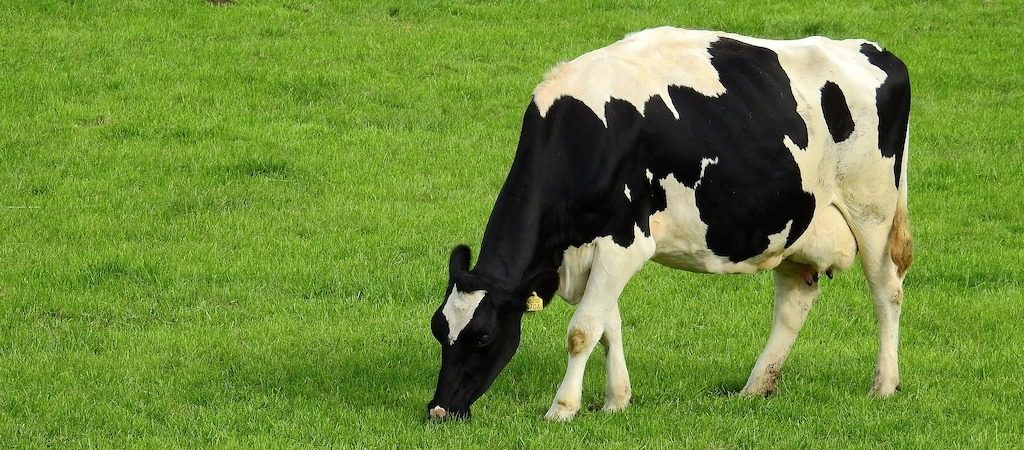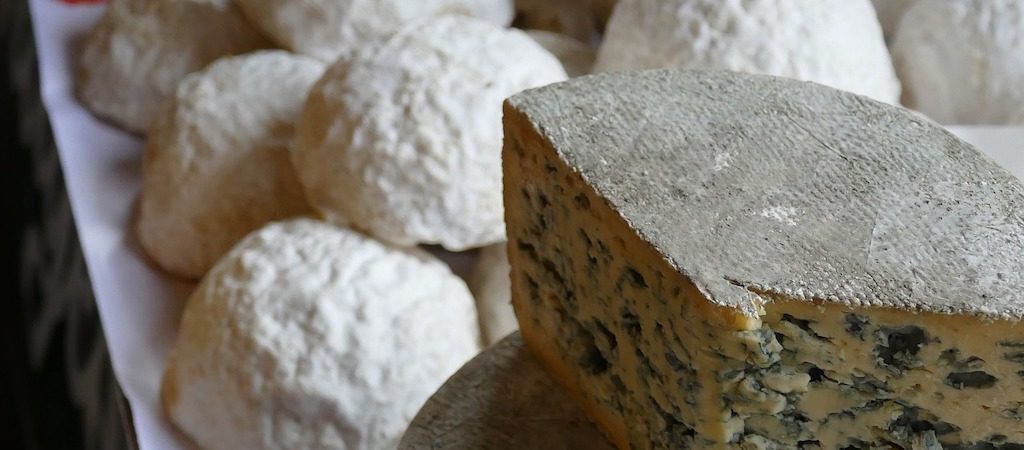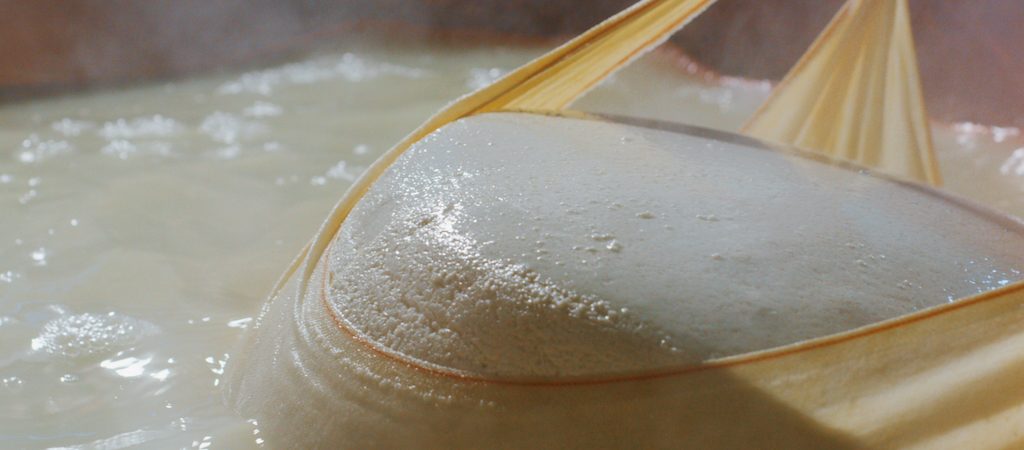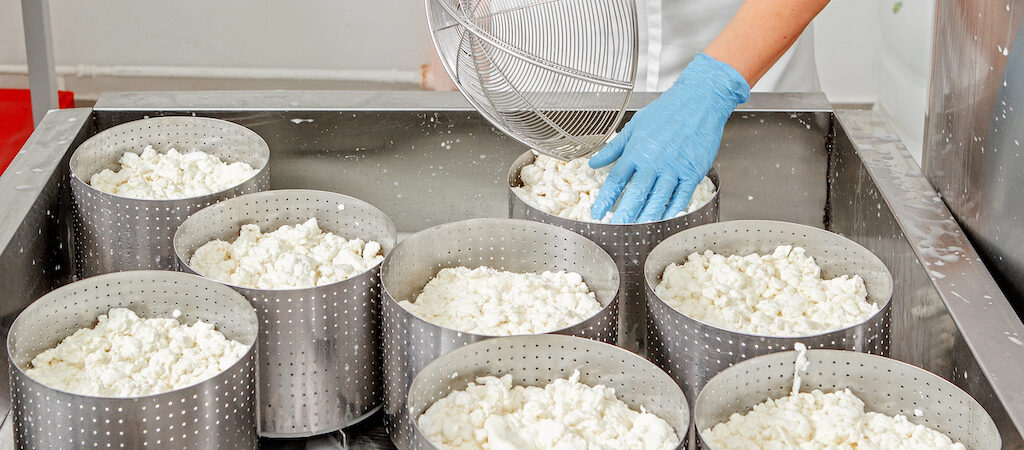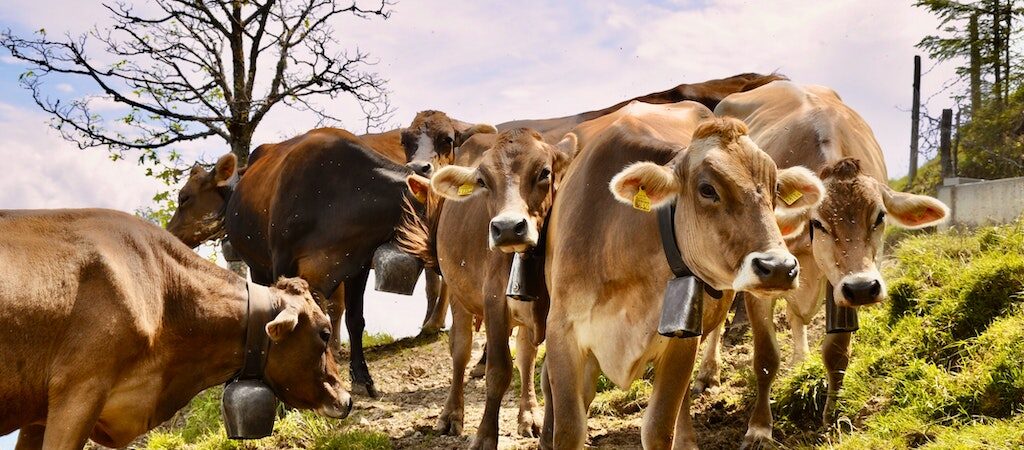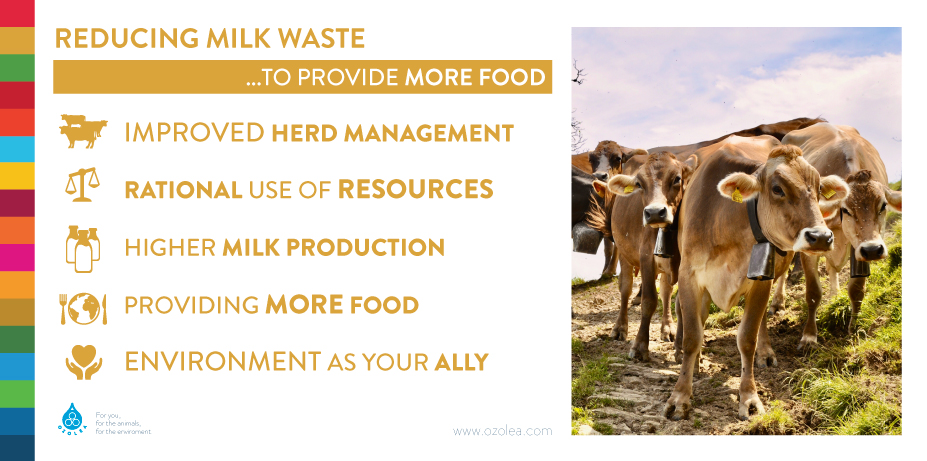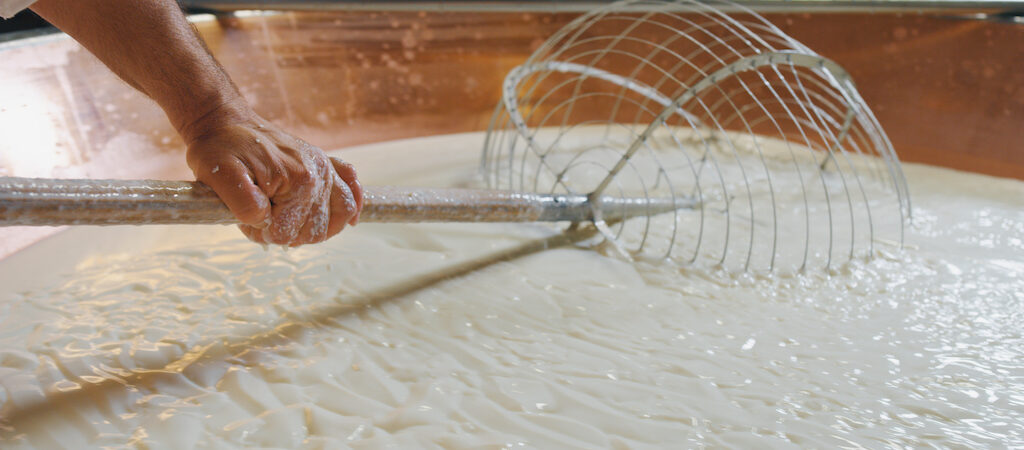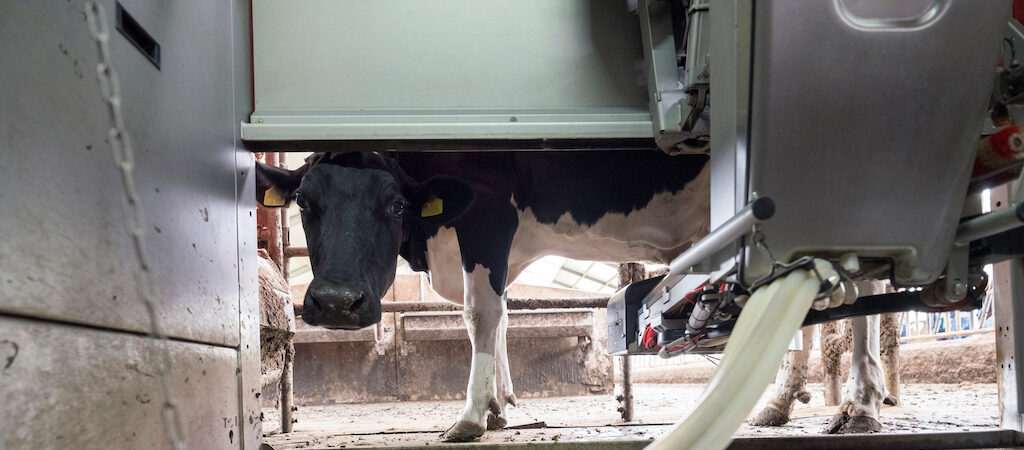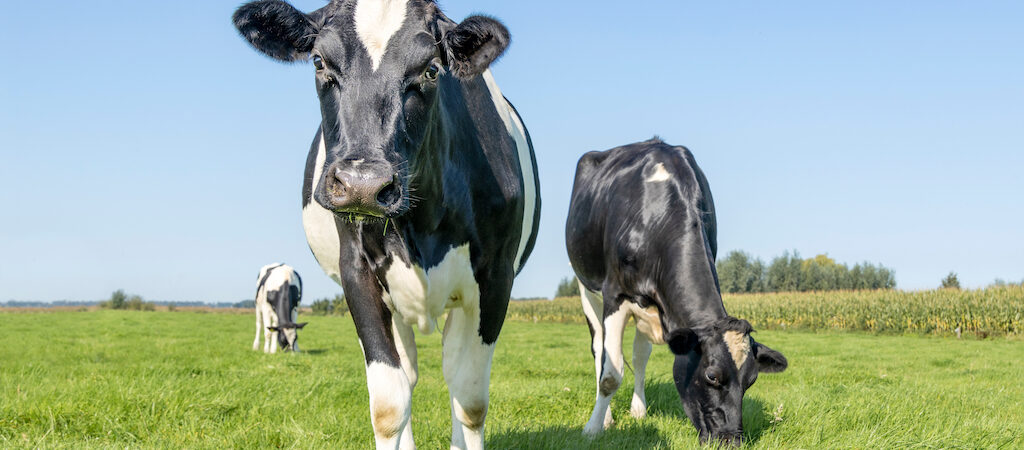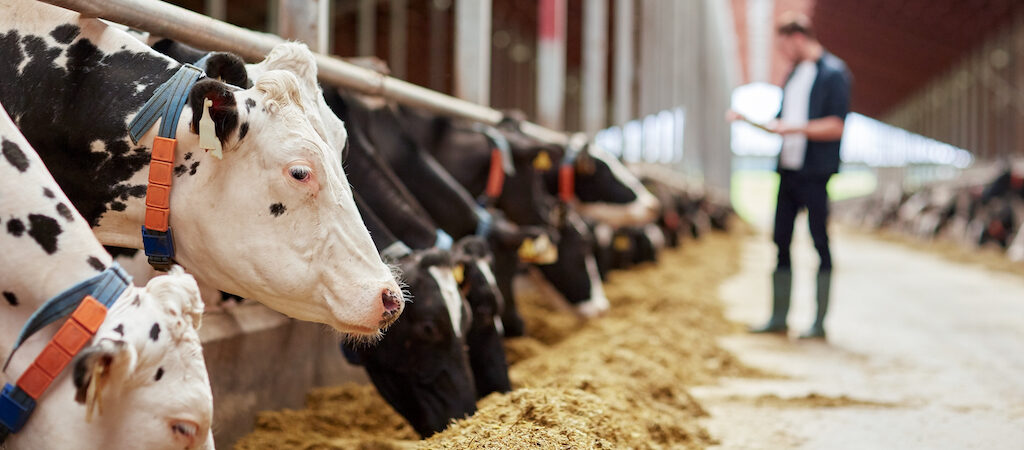Lowering somatic cell count (SCC) of the milk delivered can really benefit any player of the dairy industry. From animal health and welfare perspectives, management strategies aiming at the reduction of SCCs (both individual and bulk tank) would mean less udder issues to be prevented and controlled1.
High SCCs in milk are a limit also in dairy processing2. Last week, we also discussed how better herd management could help improve farmer and processor profitability3.
High SCC values affect all dairy products, fluid milk included, in particular its shelf-life and quality.
Increased SCC (>200,000 cells/ml) is associated with, but not only, subclinical mastitis, and consequent enzymatic activity which is deleterious to milk components.
Lipases stemming from somatic cells and working on triacylglycerides are involved. Their chemical action leads to sensory defects and rancidity. Research4 reports that, even after pasteurization, high SCC milk shows increasing lipolytic activity, which can be identified in sensory analysis tests at certain levels.
Moreover, these defects are related to increased proteolysis rates in milk with high SCC. Proteolysis leads to the release of peptides that influence sensory changes in milk with bitterness.
All these enzymatic activities globally affect the shelf-life of processed milk. Thus, it is possible to extend the shelf-life of milk at the very beginning of its production process – on dairy farms.
Fernandes and colleagues (2008)5,6 explored the effects of SCC on ultra-high temperature (UHT) milk, which can be stored at room temperature. If the ultra-heat treatment leads to achieve a commercially sterile product, it does not eliminate somatic cells.
Fernandes and colleagues studied the effect of SCCs on casein fractions in raw milks categorized accordingly to their SCC content (200,000-800,000 cells/mL) and assessed UHT processed milk at different time intervals during storage. SCC content showed effect only on beta-casein reduction, in particular as an increase in the proteolysis of UHT milk.
In another work, Fernandes and colleagues investigated lipolysis, proteolysis and viscosity of UHT milk with different SCCs at specific intervals during storage. Fatty acids increased as a measure of lipolysis, while casein degradation and viscosity were not affected by SCC content, although they increased during storage. After 120 days of storage a negative relationship was observed between SCC and casein, thus indicating that high SCC value can increase proteolysis in UHT milk by the end of its storage period.
Zhang and colleagues (2015)7 explored the efficacy of microfiltration for the extension of the shelf-life and quality improvement of UHT milk. These authors were able to observe a longer shelf-life in microfiltered UHT milk with respect to non-microfiltered UHT milk (by 21 days in case of low SCC raw milk and 63 days for the product obtained from high SCC raw milk). Raw milk samples, collected from cows with mastitis, were 391,000 cells/ml and 3,300,000 cells/ml.
From an economic point of view, does it make sense applying further treatments to reduce the SCC content in raw milk? We firmly believe that this is not the way.
OZOLEA approach aims at reducing the number of times it is necessary to intervene with powerful solutions, such as antibiotics, by improving global dairy herd management and efficiency and reducing also SCC with simple strategies and tools, without additional costs for dairy farmers.
It is for this reason that OZOLEA-MAST was created, to support dairy farmers towards sustainability and efficiency.
1 Recurrent mastitis in dairy cows: the role of bacterial biofilms.
https://www.ozolea.it/recurrent-mastitis-in-dairy-cows-the-role-of-bacterial-biofilms/
2 Lowering somatic cells in our milk for better processing.
https://www.ozolea.it/lowering-somatic-cells-in-our-milk-for-better-processing/
3 Somatic cell count: to what extent does it affect the dairy sector profitability?
4 Bezerra et al., 2020. Effect of high somatic cell counts on the sensory acceptance and consumption intent of pasteurized milk and coalho cheese. Food Science and Technology
https://doi.org/10.1590/fst.21620
5 Fernandes, Bovo, Moretti, Rosim, De Lima, De Oliveira, 2008. Casein fractions of ultra high temperature milk with different somatic cell counts.
DOI: https://doi.org/10.1590/S0100-204X2008000100019
6 Fernandes, Moretti, Bovo, Lima, Oliveira, 2008. Effect of somatic cell counts on lipolysis, proteolysis and apparent viscosity of UHT milk during storage. DOI: https://doi.org/10.1111/j.1471-0307.2008.00422.x
7 S. Zhang, L. Liu, X. Pang, J. Lu, F. Kong, J. Lv, 2015. Use of microfiltration to improve quality and shelf life of ultra-high temperature milk. Journal of Food Processing and Preservation


